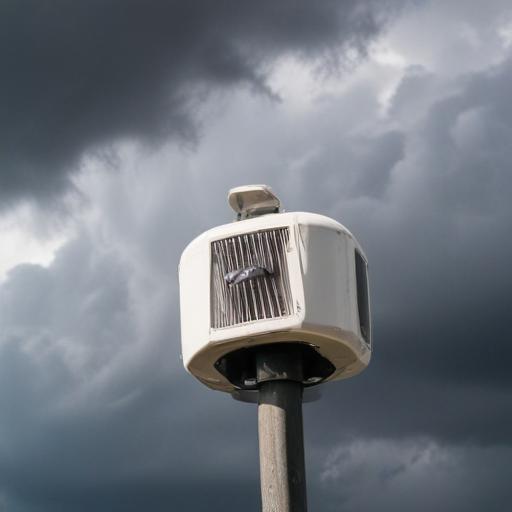Kerr County officials did not utilize FEMA’s Integrated Public Alert & Warning System (IPAWS) to send emergency alerts to mobile phones during the onset of severe flooding on July 4, raising concerns about the effectiveness of local emergency management. Records from FEMA have revealed that the National Weather Service issued an initial flood warning at 1:14 a.m., but Kerr County failed to send out any wireless alerts through IPAWS, which is intended to reach all cellphones in a designated area.
While some residents reported receiving a CodeRed alert—an opt-in notification system—many were unaware of it, leading to frustration among affected families. Louis and Leslie Kocurek recounted how they only received the CodeRed alert after 10 a.m., long after their neighborhood was already cut off by rising floodwaters.
Research on IPAWS indicates that the inconsistency in how alerts are issued varies significantly among counties across the nation, potentially delaying critical warnings when immediate action is essential. Previously, Kerr County had effectively used IPAWS to alert residents during flooding incidents, but this time the system was not activated.
In an attempt to clarify the situation, Kerr County Judge Rob Kelly stated that emergency officials did not anticipate such a rapid rise in water levels and lacked a plan for swift alerts. Researchers, including Jeannette Sutton from the University at Albany, emphasize the need for comprehensive training for local emergency managers on utilizing IPAWS efficiently. FEMA supports these efforts and advocates for the use of multiple communication methods, including social media, to ensure residents are informed about impending threats.
Furthermore, the Kerr County Sheriff’s Department utilized Facebook to issue a warning about “dangerous flooding” around 5:30 a.m. on July 4, spotlighting the importance of using various platforms to reach residents, particularly in areas like Kerr County that lack a siren warning system.
Following the flooding, the sheriff announced a commitment to explore what went wrong regarding the lack of timely cellphone alerts as well as the processes surrounding evacuation orders. The promise to reevaluate these procedures offers a glimmer of hope that future emergencies may be handled more effectively, potentially saving lives and conveying vital information to at-risk communities.
